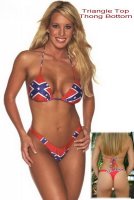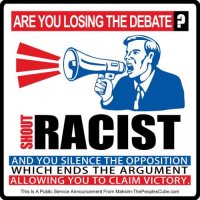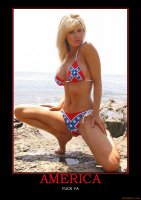E
EmptyTimCup
Guest
What are some of examples of the national government ordering the the states around?

Secession Crisis
Protective Tariffs "Benefits For The North"
From the time of the first Congress in 1789 to the outbreak of the Civil War there was dissension between the northern and the southern states over the matter of protective tariffs, or import duties on manufactured goods. Northern industries wanted high tariffs in order to protect their factories and laborers from cheaper European products. Demanding that "American laborers shall be protected against the pauper labor of Europe," tariff proponents argued that the taxes gave "employment to thousands of [American] mechanics, artisans, [and] laborers."
The vast majority of American industry was located in the northern states, whereas the economies of the agricultural southern states were based on the export of raw materials and the importation of manufactured goods. The South held few manufacturing concerns, and southerners had to pay higher prices for goods in order to subsidize northern profits.
The collected tariffs were used to fund public projects in the North such as improvements to roads, harbors and rivers. From 1789 to 1845, the North received five times the amount of money that was spent on southern projects. More than twice as many lighthouses were built in the North as in the South, and northern states received twice the southern appropriations for coastal defense.
The sectional friction caused by the tariffs bills eventually led the country to the nullification controversy of 1832, during which South Carolina declared the tariff laws null and void. John C. Calhoun, the father of nullification, developed the theory of secession and detailed the steps by which a state could sever its relationship with the Union and remove itself from the unfair power of the central government. Federal authority prevailed in the nullification crisis of 1832, but the theories developed by Calhoun would be invoked again when the country split apart in 1861.
Fascinating Fact: Ironically, the protective tariffs of the late 1850s were lower than they had been in the previous 50 years.









